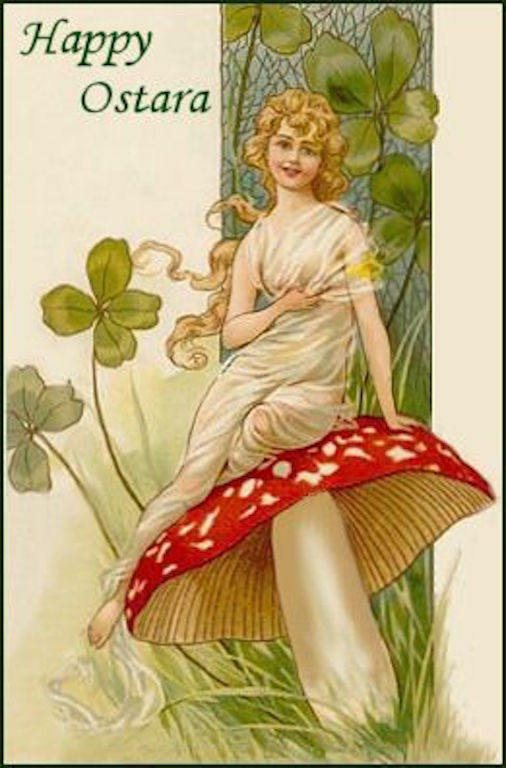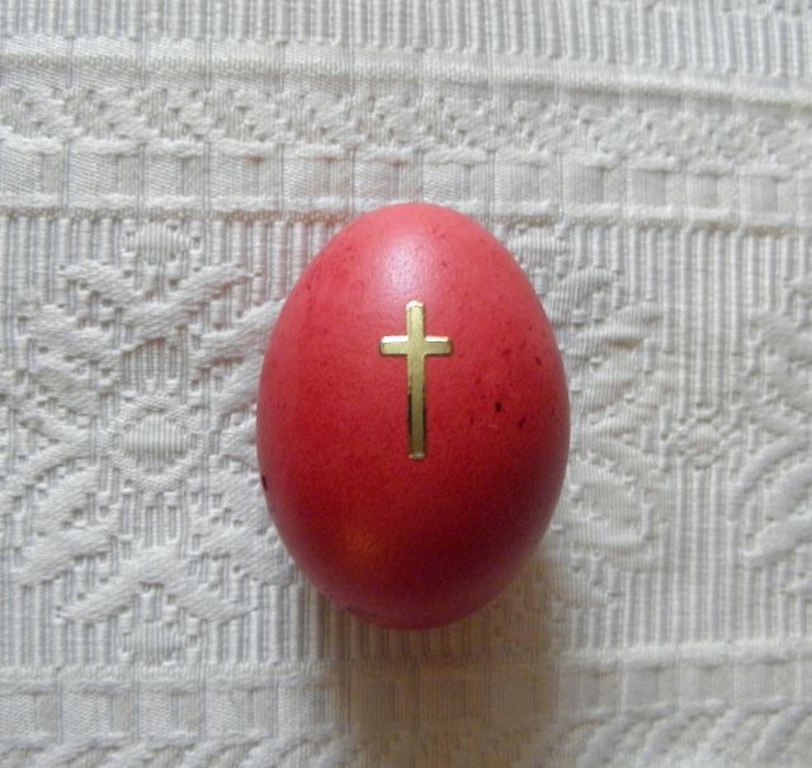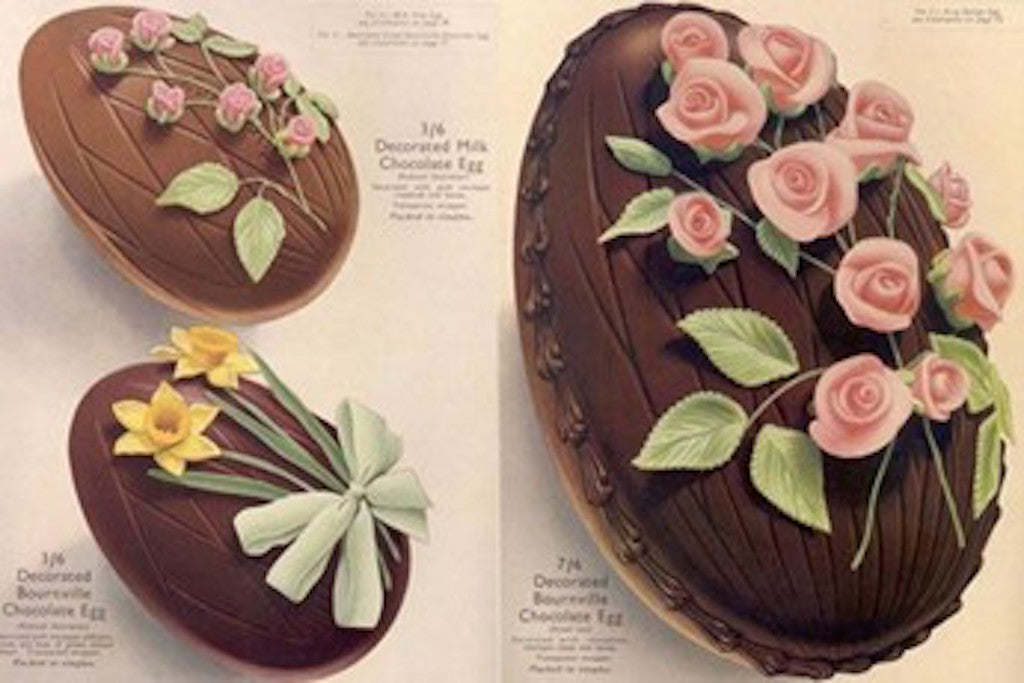March 27, 2018
Easter, perhaps the only time of year when we are actually look forward to eating eggs for four days straight, is finally around the corner!
Everybody’s schedule will be filled with egg decorating, egg hunting and of course the all important task of egg eating, particularly those of the chocolate variety. We simply couldn’t imagine an Easter celebration without these traditions.
However, did you know that some of these traditions originate from long before Christianity? And did you ever wonder how they actually started?
Allow us to introduce you to a brief history of Easter eggs…

For thousands of years and in many cultures, the egg has been a symbol of fertility and rebirth.
It is said that the tradition of decorating boiled eggs at the beginning of spring actually has pagan roots.
It was part of the celebration of the return of the Sun God during the Spring Equinox, or some argue the fertility Goddess Eostre (Ostara in Greek), the egg representing the fertility of the ground after the lean winter days and the rebirth of the light.
Not only that, but in early days of Mesopotamia, approximately 5,000 years ago, the eggs were associated with death and rebirth and also with power and kingship. Hence, after being decorated in gold or silver, it was custom to place an ostrich egg by the Egyptian leader’s grave.
This might have influenced the early Christians whose culture and traditions where intimately linked to theirs.

The tradition of Easter eggs first started among the early Orthodox Christians who saw the egg as the symbol of Jesus Christ’s resurrection.
Indeed, the shell of the egg represented Jesus’ tomb and the cracking of this shell symbolised his resurrection. According to ancient custom, the egg would have been dyed in red as the symbol of Christ’s blood that he shed on the cross.
This old tradition is still a modern custom in some Orthodox and Eastern Catholic churches, where the priest blesses the eggs and distributes them to the congregants. However, nowadays chicken eggs have been at least in some part replaced by chocolate counterparts.
The traditional Easter egg hunt apparently started in Germany with Martin Luther, the Protestant Christian Reformer, who, each Easter, held an egg hunt and introduced the legend of the Easter Bunny to young children. This tradition was only introduced to England during the Victorian era.

Many of our modern Easter traditions were actually made popular during Victorian times.
As mentioned before, the much loved egg hunt was introduced to England during Queen Victoria’s reign but most importantly it was also the time when Easter chocolate eggs where invented.
The very first chocolate eggs where made in France and Germany, where the art of confectionery was created. However, they couldn’t quite figure out how to mould the chocolate into a perfect egg shape and quickly abandoned the idea.
It is John Cadbury, who in 1875, invented the perfect chocolate Easter egg, which was made of dark chocolate, filled with sweeties and decorated with marzipan flowers.
These decorative techniques improved and developed so much that by 1893 there were more than 19 lines of Cadbury Brothers Easter eggs in the UK, most of the designs being inspired by the French.
Nowadays, Easter chocolate eggs come in a multitude of flavours, sizes and styles which makes it harder and harder to choose. Our advice? Just eat them all.
May 27, 2021
Back in late 2016, we launched what our first ever Limited Edition watch. Based on Tom Sayers, a champion bare-knuckle boxer from Camden, it was a steel No.88 with a black dial limited to 200 pieces, and we loved it.
Produced in four batches of 50, each batch sold out fast, and ever since we have received emails and messages asking us if by any chance we've held any back (we haven't), or even if it was possible buy our very own edition (it isn't).
Sign Up To Our Newsletter
Behind-the-scenes content and design inspiration from the founders of The Camden Watch Company.
From Camden with love.
